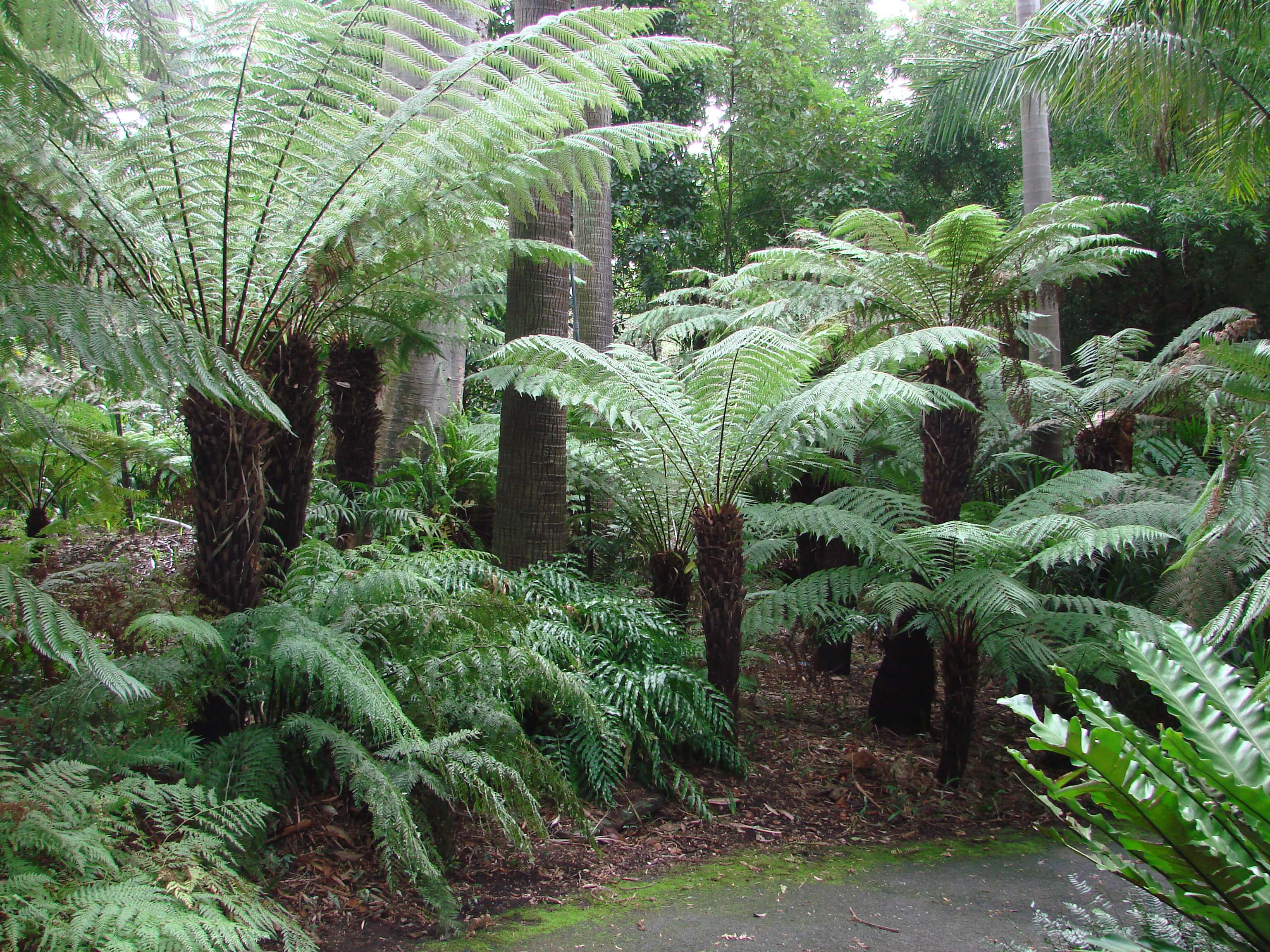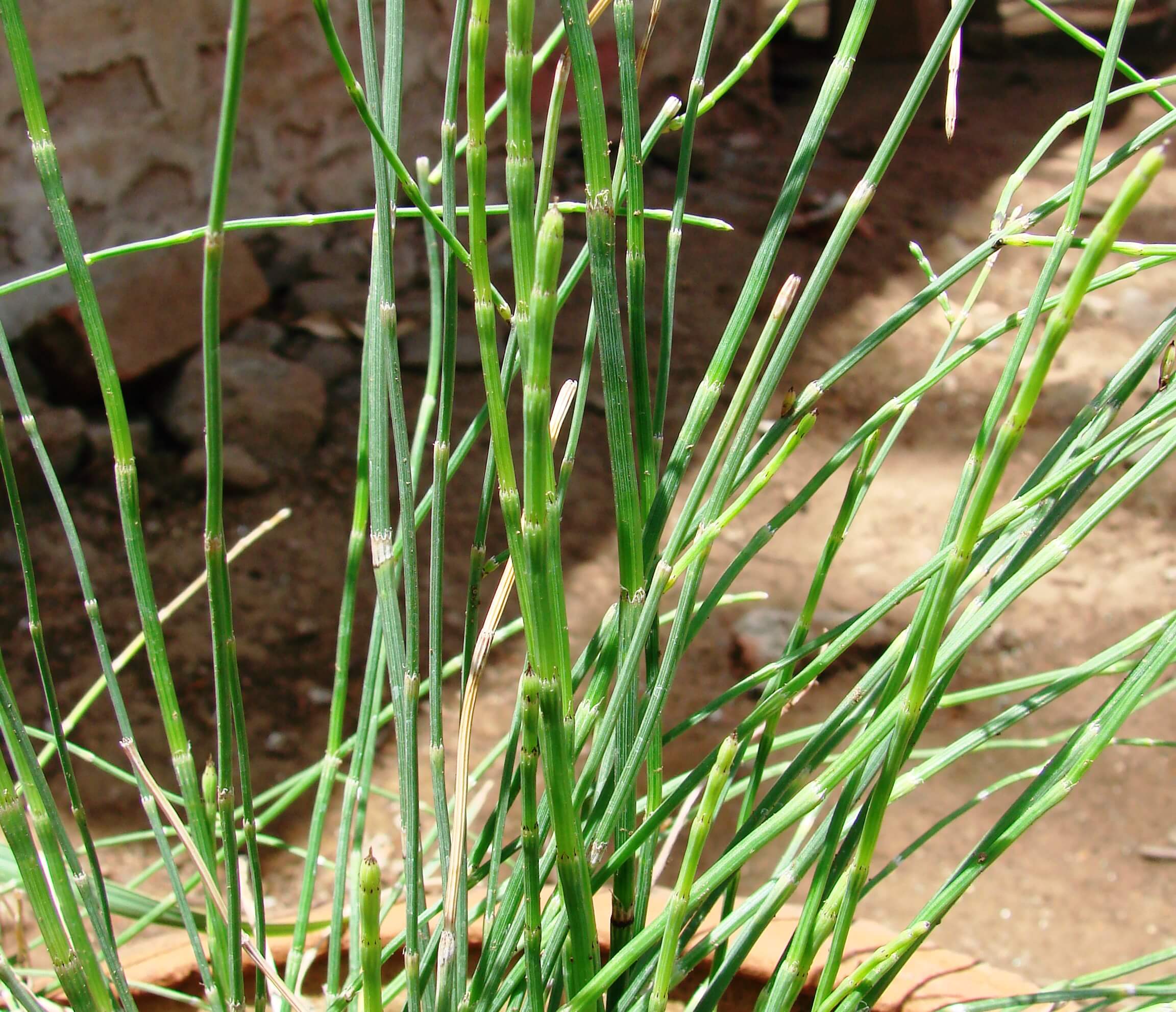
WHAT ARE PTERIDOPHYTES?
Pteridophytes are spore bearing vascular (having xylem and phloem tissues) plants. They do not have flowers and seeds, hence called vascular cryptogams (Greek: ‘kryptos’ meaning hidden, and ‘Gamos’ meaning marriage – because the sexual reproduction (sex organs) were not then apparent). Haeckel (1866) coined the term ‘pteridophytes’ by combining two Greek words i.e. ‘pteron’ = feather, and ‘phyton’ = plants; a group of plants that have feather like (fronds) leaves. Pteridophytes have successfully invaded the land and are considered as an important evolutionary link between Bryophytes and Spermatophytes. The plant body is sporophytic and divided in to true root, stem and leaves. They are primitive land plants with free living gametophyte and sporophyte phases. Pteridophytes are considered to be evolved during the Silurian period (400 million years ago) of Palaeozoic Era and flourished well during Devonian (419.2 – 358.9 million years) to Permian (298.9 – 252.2 million years) period. They subsequently diversified and formed the dominant vegetation on earth during this period.
Pteridophytes Top Categories
| Sr. No. | Botanical Name | Common Name | Family | Habit |
|---|---|---|---|---|
| 1 | Pityrogramma calomelanos | Gold-back fern | Pteridaceae | Herbaceous, terrestrial |
.jpg)


